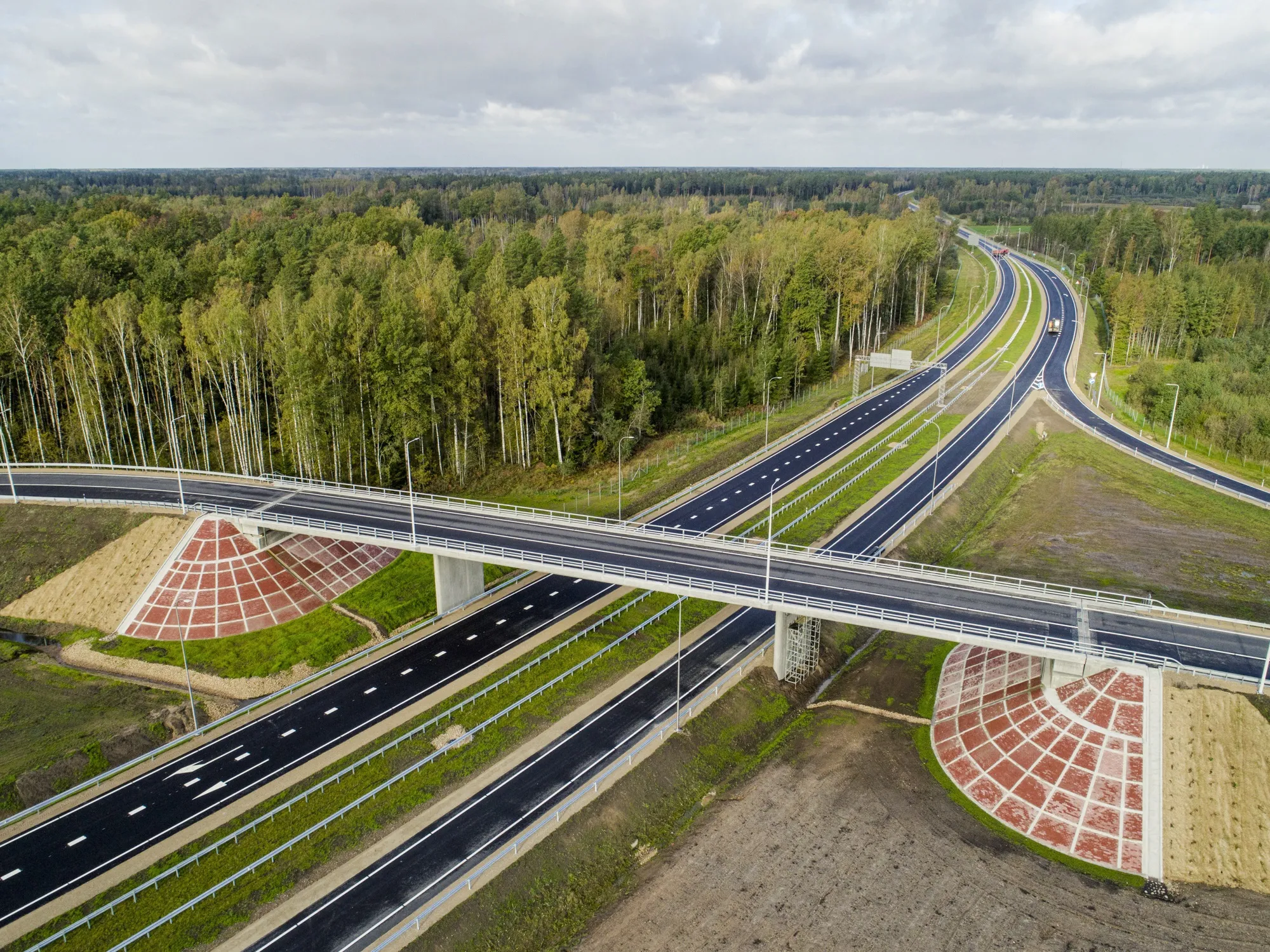FM Conway, the main contractor for the traffic management improvement scheme at the Port of Dover, has awarded Swarco the contract to install 15 variable message signs as part of a US$123 million (£85 million) capital investment programme to better manage and control vehicles through a new freight holding facility to remove more than 4km of queuing traffic from Kent’s highways.
Two signs are used to direct heavy goods vehicles (HGVs) into Customs or the holding facility, depending on the quantity of tra
May 18, 2016
Read time: 2 mins
FM Conway, the main contractor for the traffic management improvement scheme at the Port of Dover, has awarded 129 Swarco the contract to install 15 variable message signs as part of a US$123 million (£85 million) capital investment programme to better manage and control vehicles through a new freight holding facility to remove more than 4km of queuing traffic from Kent’s highways.
Two signs are used to direct heavy goods vehicles (HGVs) into Customs or the holding facility, depending on the quantity of traffic; the remainder are installed on a 57.5 metre-long gantry at the start of the holding facility, giving drivers clear information about which lane to enter.
The Port has created a 13-lane holding zone catering for 220 outbound HGVs, limiting the need for Dover Traffic Access Protocol, a ‘rolling road’ HGV queuing system on the A20, and greatly reducing traffic and delays in Dover itself.
The signs, which include over 160,000 individual LEDs, were required to meet the Port’s exacting light emission standards to cater for its 24/7 freight needs and reduce light pollution at night.
As a part of the contract, Swarco also installed its management software, giving the operator 12 settings for different scenarios; 65 traffic detection sensors with count in/out capability; and barriers, operated by a traffic light system, that mark the holding facility’s end.
Two signs are used to direct heavy goods vehicles (HGVs) into Customs or the holding facility, depending on the quantity of traffic; the remainder are installed on a 57.5 metre-long gantry at the start of the holding facility, giving drivers clear information about which lane to enter.
The Port has created a 13-lane holding zone catering for 220 outbound HGVs, limiting the need for Dover Traffic Access Protocol, a ‘rolling road’ HGV queuing system on the A20, and greatly reducing traffic and delays in Dover itself.
The signs, which include over 160,000 individual LEDs, were required to meet the Port’s exacting light emission standards to cater for its 24/7 freight needs and reduce light pollution at night.
As a part of the contract, Swarco also installed its management software, giving the operator 12 settings for different scenarios; 65 traffic detection sensors with count in/out capability; and barriers, operated by a traffic light system, that mark the holding facility’s end.








